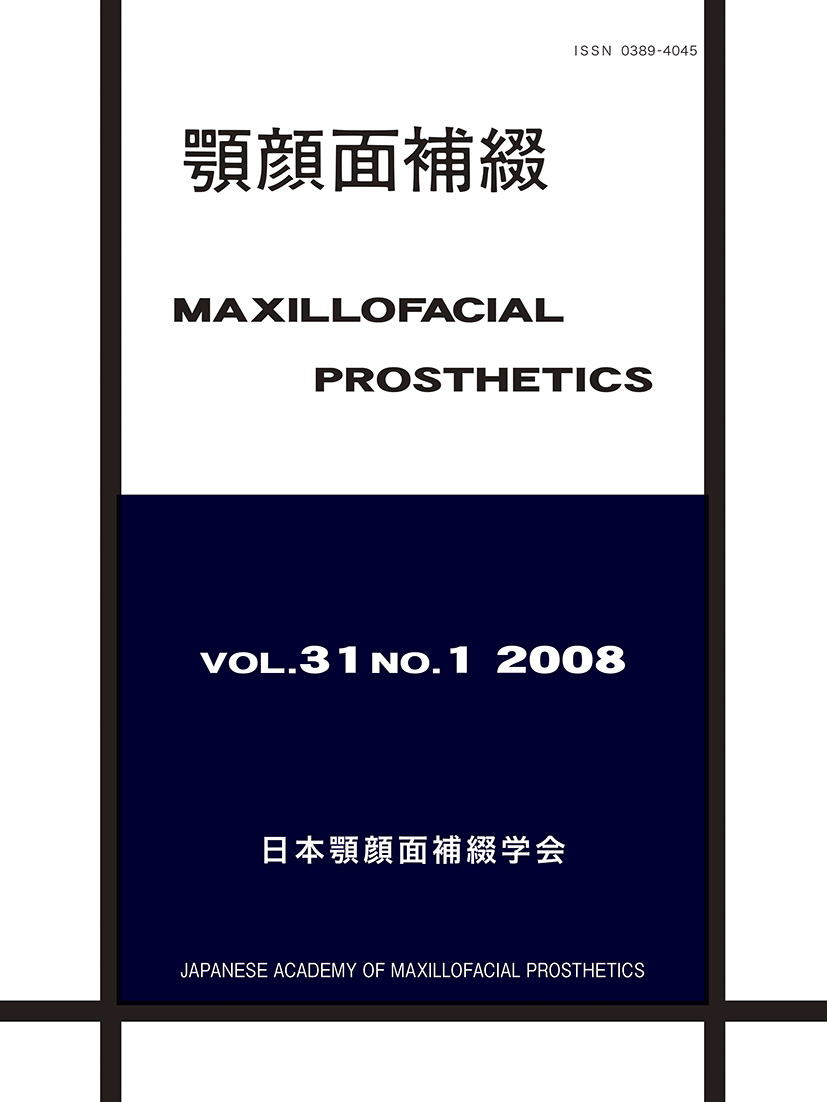31 巻, 1 号
選択された号の論文の8件中1~8を表示しています
- |<
- <
- 1
- >
- >|
原著論文
-
2008 年 31 巻 1 号 p. 1-9
発行日: 2008年
公開日: 2024/04/18
PDF形式でダウンロード (668K)
研究論文
-
2008 年 31 巻 1 号 p. 10-16
発行日: 2008年
公開日: 2024/04/18
PDF形式でダウンロード (642K) -
2008 年 31 巻 1 号 p. 17-21
発行日: 2008年
公開日: 2024/04/18
PDF形式でダウンロード (510K) -
2008 年 31 巻 1 号 p. 22-28
発行日: 2008年
公開日: 2024/04/18
PDF形式でダウンロード (1084K) -
2008 年 31 巻 1 号 p. 29-35
発行日: 2008年
公開日: 2024/04/18
PDF形式でダウンロード (630K) -
2008 年 31 巻 1 号 p. 36-44
発行日: 2008年
公開日: 2024/04/18
PDF形式でダウンロード (892K) -
2008 年 31 巻 1 号 p. 45-52
発行日: 2008年
公開日: 2024/04/18
PDF形式でダウンロード (1196K)
紹介
-
2008 年 31 巻 1 号 p. 53-56
発行日: 2008年
公開日: 2024/04/18
PDF形式でダウンロード (500K)
- |<
- <
- 1
- >
- >|
